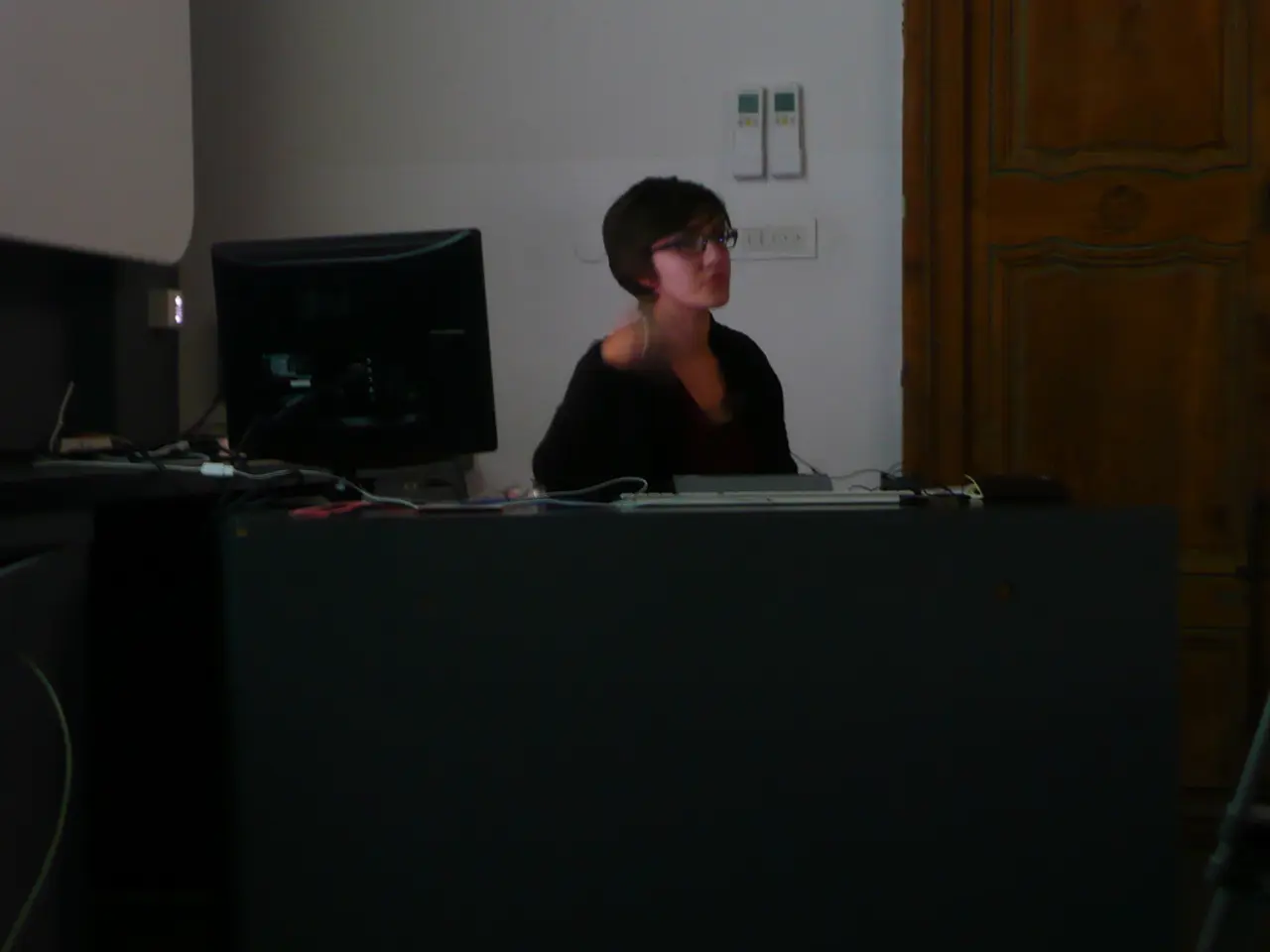Australia relaxes foreign student cap focusing on Southeast Asians
Australia Announces Expanded International Student Places for 2025/26
Australia has unveiled its updated immigration policies for international students in the upcoming years, with a significant increase in enrolment caps for the 2025/26 academic year. The new policy will see an addition of 25,000 migration places, bringing the total to 295,000 new international student places, a 9% increase over the previous year's cap of 270,000.
The total cap of 295,000 applies across higher education, vocational training (VET), and English language training sectors. Public universities will receive a privileged share, with the opportunity to increase their individual quotas if they demonstrate increased engagement with Southeast Asia and the availability of sufficient safe student accommodation for both domestic and international students.
It is worth noting that students transitioning from Australian secondary schools to public universities or affiliated providers are excluded from this national cap.
Regarding visa fees, the government had previously doubled the fees for foreign students as part of tighter migration controls following a surge in student visa grants in 2023. However, no new updates regarding changes to visa fees specifically for 2025/26 have been reported.
As for visa extensions, no specific changes have been reported for the upcoming years. The government continues to prioritize sustainable growth and fair access to visa processing, with certain cohorts, such as students from Pacific and Timor-Leste, and government scholarship holders, receiving priority for visa processing.
The reforms over the past year, including Ministerial Direction 111, have aimed to create sustainability in the sector. However, no explicit updates on extended stay options have been detailed yet.
The policy changes are part of the government's commitment to support students, universities, and the national interest in the realm of international education. The changes were not specifically aimed at Southeast Asia but were made in Australia, with the intention to address a surge in housing prices and record migration.
Despite the government stating that international student numbers were out of control, the policy changes in 2024 were not mentioned to have brought down international student numbers. Loopholes in rules allowing foreign students to continuously extend their stay will be closed to curb record migration.
For the year 2025, 270,000 migration places were made available. The visa fee for foreign students was more than doubled in 2024, but no new updates regarding changes to visa fees specifically for 2025/26 have been reported.
In summary, the policy changes reflect a focus on sustainable international education growth, quality student experience, and managing migration impacts. The government continues to prioritize sustainable growth and fair access to visa processing, with certain cohorts receiving priority for visa processing.
- The expansion of international student places in Australia for the 2025/26 academic year, with a total of 295,000 new places available across education sectors, could potentially stimulate debate in politics about the economic impacts of education-and-self-development on overall finance and general-news related to international relations.
- As part of Australia's efforts to manage migration impacts, changes in immigration policies for international students may influence the finance sector, particularly in the context of housing prices in general-news, as well as spark discussion in education circles about how these changes might affect the quality of education and student experience.




